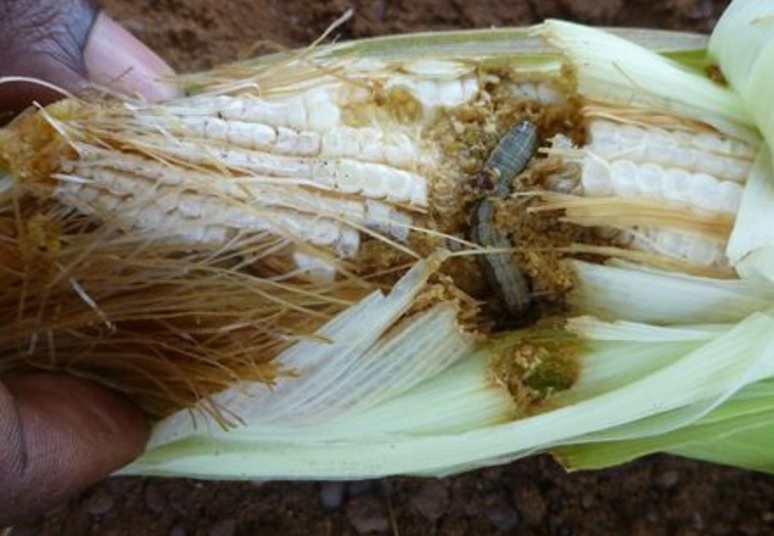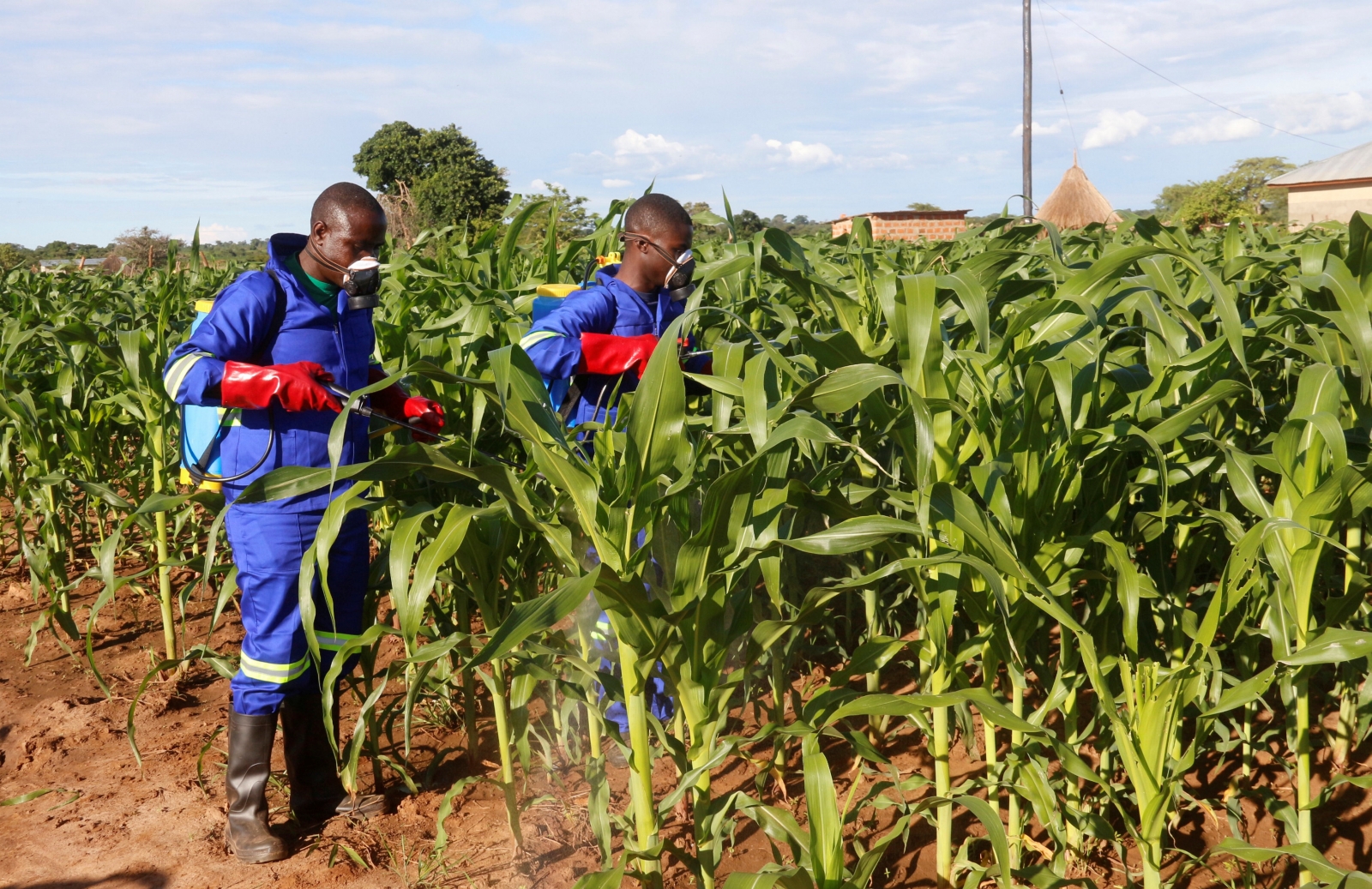Emergency Armyworm Talks Over Crop-eating Pest Invasion in Africa
Published on by Naizam (Nai) Jaffer, Municipal Operations Manager (Water, Wastewater, Stormwater, Roads, & Parks) in Government
An emergency meeting is being held by the UN Food and Agriculture Organisation over the invasion of armyworms currently threatening crops in several African countries.
At present, the pest has caused damage in Ghana, South Africa, Zambia, Zimbabwe, with more countries expected to be affected over the coming months.
 Armyworms, native to North and South America, were first recorded as an invasive species in Africa in early 2016. They are known to devastate harvests, particularly maize and rye. The caterpillars feast on the crops – as they rampage, they consume almost all plants in their path.
Armyworms, native to North and South America, were first recorded as an invasive species in Africa in early 2016. They are known to devastate harvests, particularly maize and rye. The caterpillars feast on the crops – as they rampage, they consume almost all plants in their path.
The emergency meeting was attended by 13 African countries, with discussions focusing on a plan to get rid of the pests. David Phiri, the UN Food and Agriculture Organisation's coordinator for southern Africa, told AFP: "Farmers do not know really how to treat it. Nobody seems to know how it reached Africa."
Current reports indicate the armyworms will or have already reached Namibia, Malawi and Mozambique.
The species currently causing problems – fall armyworms – have developed resistance to some chemical pesticides. "You use different methods. One of them is pesticides, another is to use biological control. Another is to use natural control, like digging trenches around the farm, or using natural predators, like birds, to eat those worms," Phiri explained.

Officials spray maize plants affected by Armyworms in Keembe district, Zambia Reuters
"If it is a small level of the worms, it's easy to control, using pesticides. Otherwise, it's very difficult to control it, so they will have to use different methods—including sometimes burning the crops."
Davis Marapira, deputy agriculture minister in Zimbabwe, said the government was currently helping farmers by providing chemicals and spraying equipment.
Read more: International Business Time
Media
Taxonomy
- Food Security
- Agriculture & Forestry
- Crop Farming
- Fertilizers and Pesticides
- Farms
1 Comment
-
i may have a natual pesticide which will kill this insect...its called neem oil a natural chemical found in the neem tree